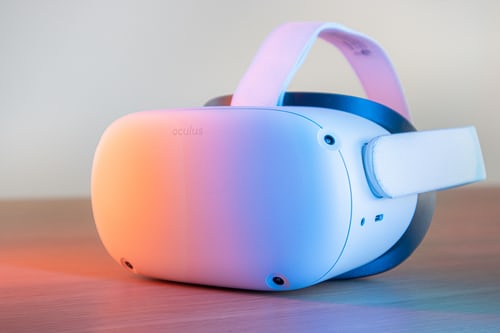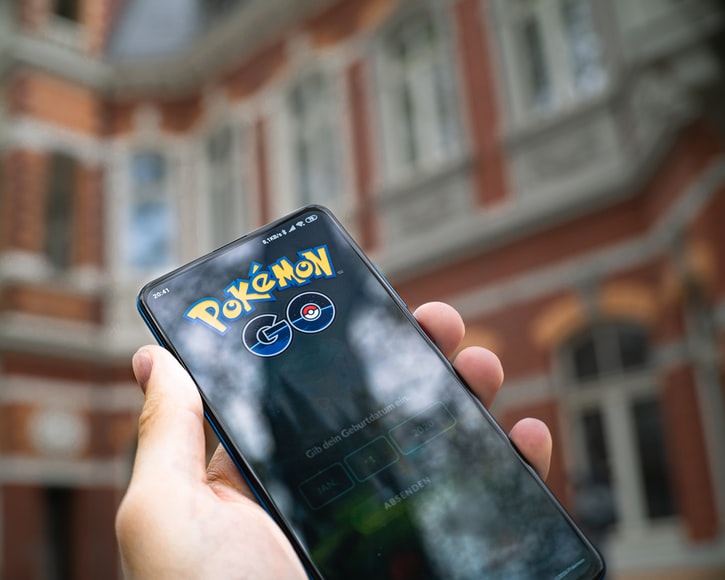Since the invention of video games, people have used the technology as a form of escape from life’s pressures. From performing cool skateboard tricks to exploring space and shooting aliens, the possibilities are endless with a controller in your hand or a mouse at your fingertips. Both virtual and augmented reality technology have enhanced these possibilities even further, but what are they? And, with this technology improving and becoming more readily available, what does the future hold for consumers?
Virtual reality can be described as audiovisual and sensatory experiences achieved using technology which transports the user into a simulated environment, providing a more realistic entertainment experience. VR technology has come a long way since the 1990s, when typical devices included heavy full-body suits and headsets. Even gaming titans like Nintendo and Sega struggled to get their ideas off the ground, with many of their innovations being scrapped before going to market. The items that did go on sale were usually clunky and expensive, making them unpopular with consumers. Everything changed in 2012 when the Oculus Rift, a lighter, sleeker headset, which could be used in tandem with smartphones, tablets, TVs, and video game controllers, was first presented at the E3 video game trade show. Since then, Oculus Rift has been seen as the flag bearer for VR technology and has gone from strength to strength. It is used for a wide range of activities, from making you feel like you’re at a live sporting event, to recreating the casino atmosphere for online poker players. There’s a lot more to come from VR too, with the latest generation of games consoles not just incorporating the technology but optimising both their hardware and software for its use. Recently, Sony officially confirmed the imminent release of the PSVR 2, a VR headset made exclusively for the PS5 and, with continuous developments in the use of VR in medical training, flight simulation and automobile design, we can be confident that VR is here to stay.
While the term “augmented reality” may be less well known, most readers will be familiar with the concept. Often seen as a form of virtual reality, AR technology enhances and interacts with our real environment via a range of possible devices, including our smartphones. AR has been part of public consciousness for at least 5 years; in 2016 everyone was talking about augmented reality, they just didn’t know it. Remember when you were running around your local park searching for a rare Pokémon? Well, this was the most popular use of AR to date, with the virtual characters incorporated into our real environment. Some of the world’s most used apps are now incorporating AR technology, with Google leading the way. Google Maps now has a “live view” mode, which allows users to navigate using a 3D version of the area, rather than a 2D map. Other common mobile AR apps include art and doodling apps which allow users to draw over their real environment to create unique art, or preview what certain tattoo designs would look like on their skin. As well as our mobile devices and their cameras, products such as AR contact lenses and virtual retinal displays are in development, which will push the limits of AR even further.
The future for both VR and AR looks extremely bright, with several brands developing specific products to be used with this technology. Microsoft recently announced Mesh, a social platform that they believe will make virtual meetings much more engaging. This follows on from Mark Zuckerberg’s rebranding of Facebook as “Meta Platforms”, which he announced would see the company developing a metaverse environment through various augmented and virtual reality concepts. Other innovations include fitness platforms that transport you to exotic locations for your workout, virtual industrial manufacturing programs and virtual art galleries. With these and many more innovations to come, we can be sure that virtual reality and augmented reality are here to stay.

“Beer practitioner. Pop culture maven. Problem solver. Proud social media geek. Total coffee enthusiast. Hipster-friendly tv fan. Creator.”






